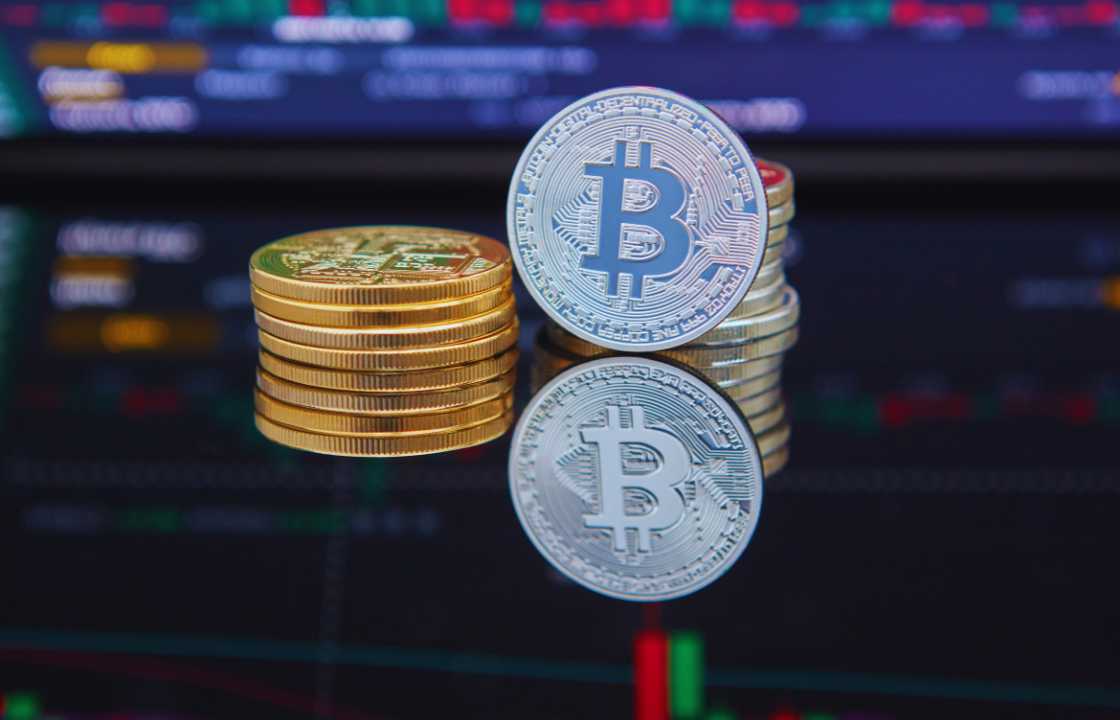Following a rocky 2022 that encouraged Bitcoin detractors to prematurely herald Bitcoin’s demise, the cryptocurrency has made a powerful resurgence in 2023, reversing some of its previous year’s losses with a substantial year-to-date rise of over 60% at the time of writing.
Let’s explore the three primary catalysts underpinning Bitcoin’s 2023 rejuvenation:
ONE: MARKET UNREST AND THE REAFFIRMATION OF BITCOIN’S IMPORTANCE
In March 2023, the financial sector experienced significant disruption following the collapse of Silicon Valley Bank (SVB). The bank, a primary choice for several venture capitalists and startups, was the sixteenth-largest bank in the US at the time.
This notable downfall, coupled with a clear lack of robust risk management strategies at SVB, led to widespread concern about the safety of deposits. While the Federal Reserve intervened to protect the bank’s depositors, it cast a long shadow over the banking system’s health.
While not everyone is scrambling to withdraw their deposits from banks, there’s an increasing awareness of the single point of failure risk. Consequently, people are diversifying their assets across different banks or even venturing into alternatives like Bitcoin and other digital currencies.
The charm of a thoroughly decentralized asset like Bitcoin lies in its lack of a centralized authority. No CEO or management team could jeopardize the solvency of the Bitcoin network through unwise decisions. Bitcoin’s operations are governed by verifiable open-source code, ensuring full transparency of every transaction on the Bitcoin blockchain.
Following the banking crisis, Bitcoin’s price experienced a surge, and subsequent challenges at First Republic Bank further increased Bitcoin’s value. This trend demonstrates that savers and investors consider Bitcoin a haven amidst the prevailing uncertainties.
TWO: GLOBAL MOVE AWAY FROM THE DOLLAR
Alongside the banking sector’s specific struggles, trust in the dollar seems to be waning worldwide. Bitcoin is not the sole indicator of this trend; precious metals like gold and silver have also risen, while foreign reserves in USD have hit a historic low over the decades.
Furthermore, several nations, including China, Brazil, Russia, and Malaysia, are establishing agreements to settle transactions in currencies other than the dollar, signifying a shift towards dedollarization.
While the possibility of a new native currency displacing the dollar’s dominance seems overly ambitious at present, the evolving global scenario signals dedollarization. These shifts have enhanced awareness of Bitcoin as a practical alternative to the current system, indirectly propelling Bitcoin’s price.
Bitcoin’s post-crisis rise was impressive, shooting up by 50% within a month and adding $200 billion to its market capitalization.
THREE: EXPANSION OF THE LAYER 2 INFRASTRUCTURE
In addition to these macroeconomic factors, Bitcoin has also benefited from the continued development of its Layer 2 ecosystem, particularly through projects such as Stacks and the Lightning Network. Stacks is a secondary chain for Bitcoin-centric smart contracts, enabling the development of related financial products. Currently, it boasts a market value nearing $1 billion.
Recent enhancements to Stacks allow users to pledge their tokens to safeguard the network and earn rewards, similar to Ethereum’s staking mechanism. Thus, Stacks could potentially introduce DeFi to Bitcoin.
Similarly, other Layer 2 protocols like Lightning, aimed at boosting Bitcoin’s scalability, continue to flourish. Lightning’s cost-efficiency is remarkable, with transaction fees significantly lower than traditional payment processors like Visa and Mastercard. Apps like Strike capitalize on the Lightning Network’s features to enable feeless cross-border transfers, further augmenting Bitcoin’s appeal.
ANTICIPATING THE FUTURE: BITCOIN’S PROMISING PROSPECTS
On top of these influential factors, Bitcoin is preparing for its next halving event in 2024. Occurring approximately every four years, this halving will cut mining rewards by half, thereby raising the mining difficulty and shrinking the supply of Bitcoin over time. Historical patterns suggest that halving events often trigger a bullish response in Bitcoin’s price.
In the context of a changing global financial landscape and the ongoing technical evolution of the Bitcoin network, Bitcoin’s robust comeback in 2023 indicates not only its resilience but also that its golden era may yet be ahead.

